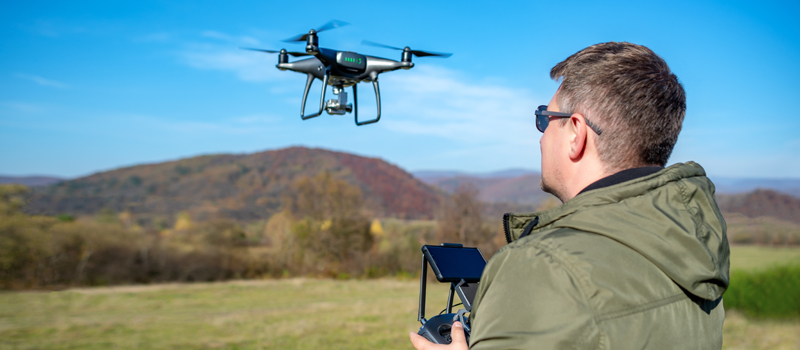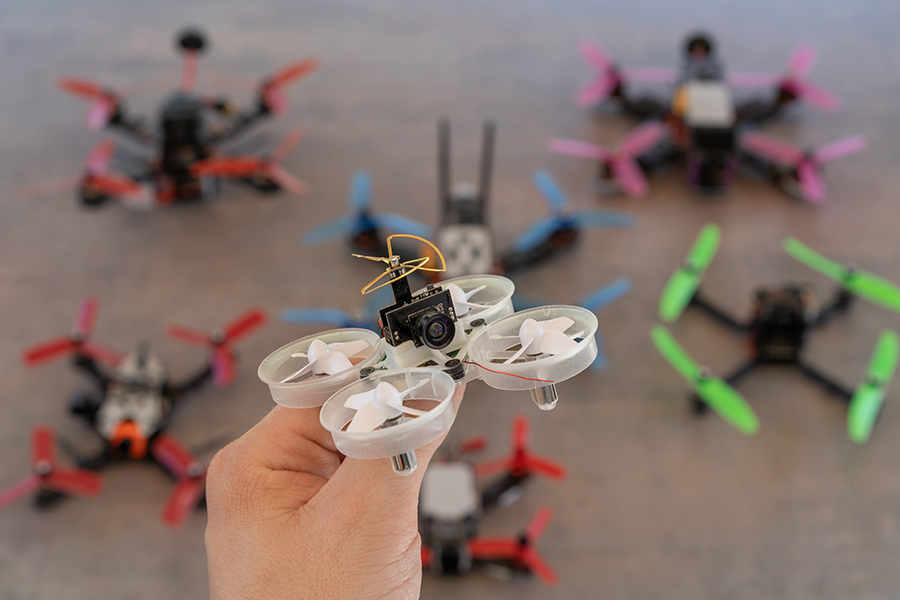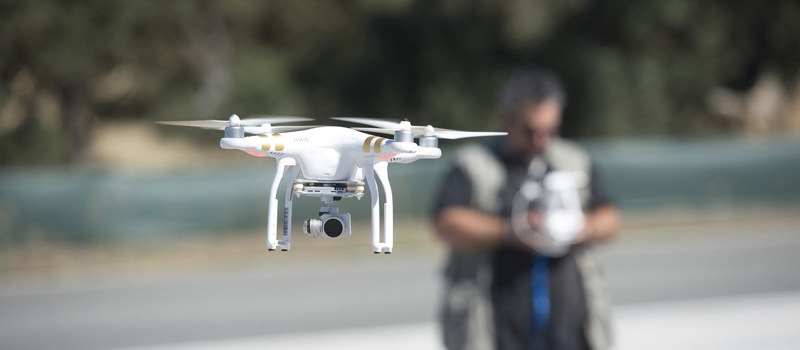-
What is a lost link?
-
Why is a lost link emergency procedure necessary?
-
What to include in your lost link emergency procedure
- Setting an RTH location
- Maintaining visual contact
- Restart the controller
- Attempt to fly home manually
- Establish multiple landing points
- Note the drone’s last location, altitude, and heading
- Notify ATC if operating in controlled airspace
- Equip the drone with a flight termination system
- If the drone is lost, attempt recovery
-
Final thoughts
One characteristic of a good drone pilot is that they must know what to do when things go wrong. Despite all the preparations, less-than-ideal circumstances can happen in the middle of drone operations. In such a situation, a drone pilot with a prepared emergency procedure will fare better than one who just thinks on their feet.
A “lost link” is one hazard that drone pilots should be wary of. It is dangerous and will almost inevitably happen to every drone pilot. What is a “lost link” and what should you do if it happens?
What is a lost link?
The FAA defines a “lost link” as the loss of command and control link between the UAV and the ground station. There are two types of links that are relevant in this discussion
- The uplink refers to the transmissions of command instruction from the ground station to the aircraft
- The downlink refers to the transmission of real-time video, telemetry, and sensor data from the aircraft to the ground station.
The loss of either the uplink or downlink can be considered a case of a lost link. If this link cannot be established, there is a possibility that the drone will crash into an obstacle or fly away on its own. In any case, a drone that cannot be controlled by its pilot poses a hazard to other aircraft, as well as people and property on the ground.
Why is a lost link emergency procedure necessary?
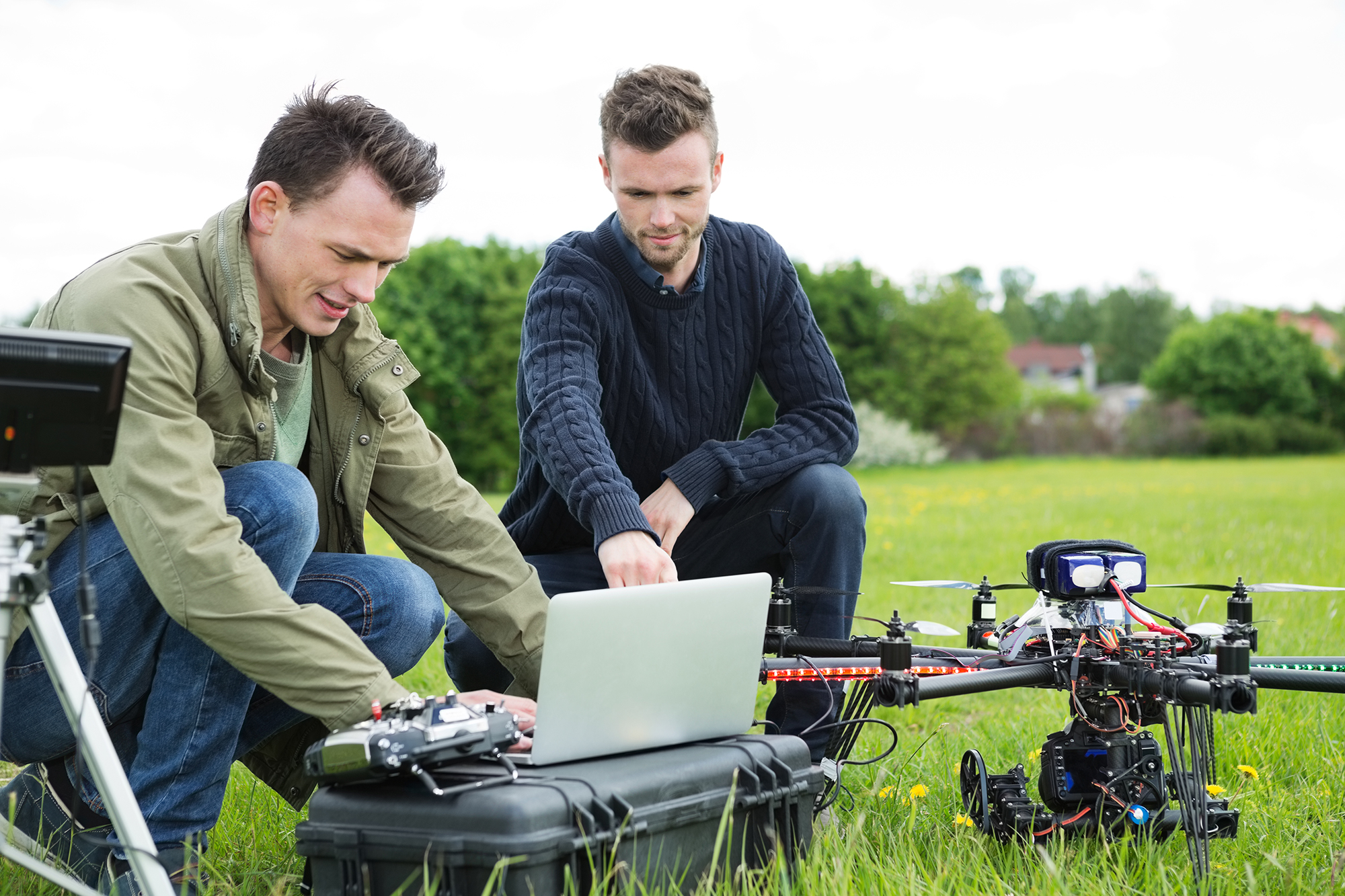
There is currently no legal requirement for drone pilots, whether professional or recreational, to craft their own emergency procedures. We argue that is still more prudent to come up with an action plan, even if you do not write it down. You will not want to suddenly have to learn how to fly in ATTI mode with your drone on the line.
For professional drone pilots, writing up emergency procedures is a bit more important. This applies to drone pilots who wish to fly in conditions that are normally prohibited by current drone regulations. Examples include pilots who apply for Part 107 waivers or government agencies who apply for FAA COAs.
Applications for special exceptions are subject to FAA approval based on the documents submitted by the applicants. A lost link emergency procedure is one of the most common requirements of a successful application.
What to include in your lost link emergency procedure
Even if you do not need it, it does not hurt to come up with an emergency procedure in case of a lost link. For those who are preparing a waiver or COA application, you may use the following pointers in creating your documented emergency procedure.
Setting an RTH location
Your drone actually already has a built-in feature for handling a lost link – the Return to Home (RTH) function. When RTH kicks in, the drone will automatically fly to a pre-determined location at a set altitude. The ground station or any other safe location can be set as the landing spot.
Part of a good preflight inspection is making sure that you have set the appropriate RTH landing location and altitude. Make sure that the RTH flight happens at an altitude above any potential obstacles in your area of operations.
Ideally, the RTH feature of a drone should trigger automatically when a lost link happens. This is not foolproof as evidenced by several accounts of drones flying away even when RTH has been enabled. This typically happens if the drone suffers from poor GPS reception, as the RTH feature is entirely dependent on GPS.
Even if RTH is not 100% foolproof, it is an essential component of lost link emergency procedures.
Maintaining visual contact
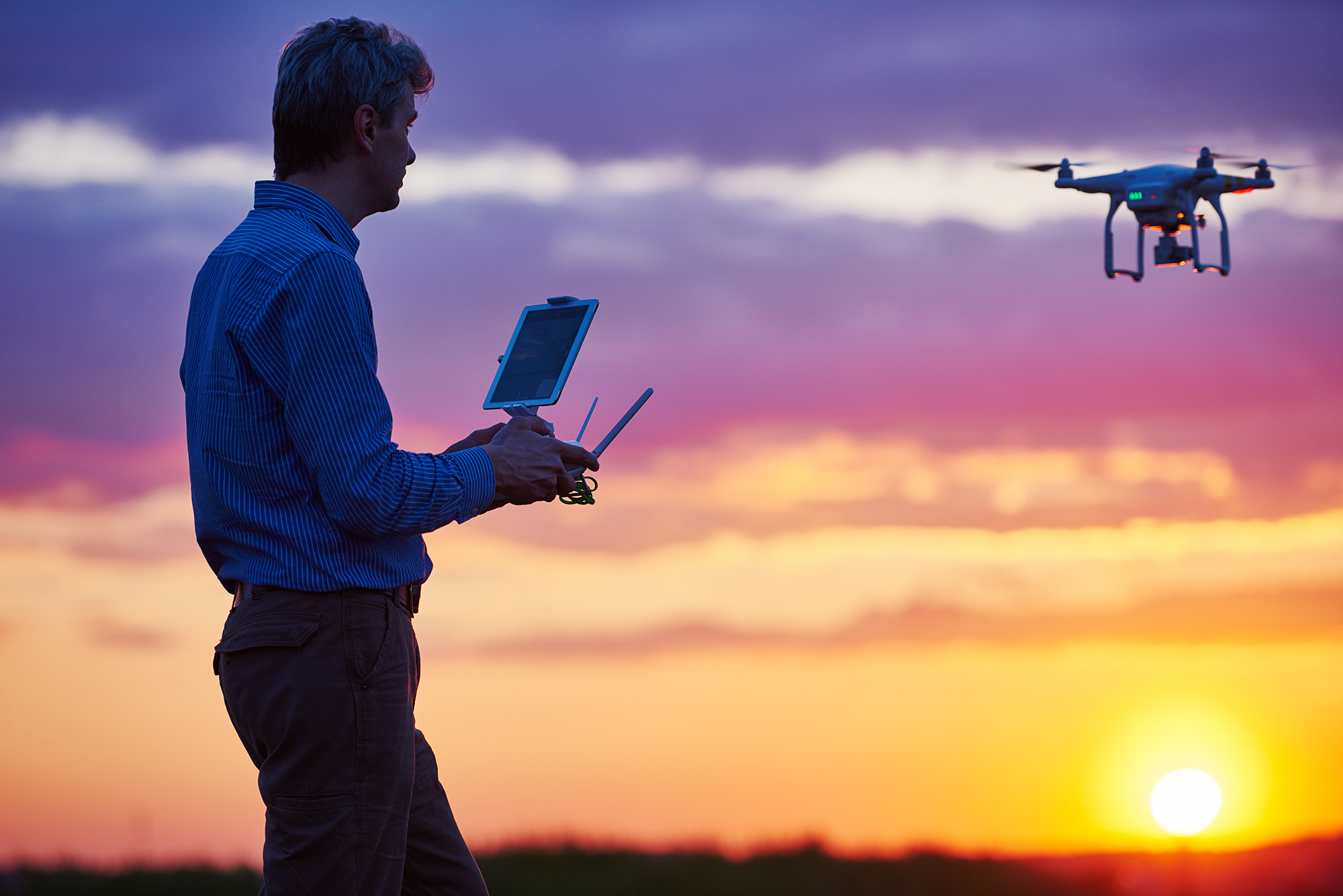
If you are flying within the VLOS range, it is absolutely important to maintain visual contact with the drone when a lost link happens. Being able to track the drone and move towards it, if necessary, will make it less likely for the communication link to be restored.
In some cases, a lost link involves only the failure of the downlink. This means that the drone pilot can still maintain control of the drone, albeit using only visual flight rules. The drone can then be maneuvered closer until both uplink and downlink can be stabilized.
For those who are applying for BVLOS waivers, visual contact can still be maintained but only if you had already planned for multiple visual observers. In such a case, the first order of business would be to attempt to manipulate the drone to re-establish visual contact with the pilot.
Restart the controller
If all attempts to re-establish the control link have failed, the pilot may try to restart the controller. This will take the controller through the initialization phase of trying to pair with the drone. This might just be enough to regain control of the drone.
Attempt to fly home manually
In some cases, a lost link can lead to a drone flying away uncontrollably. However, there is another factor that makes this situation worse – the loss of GPS reception. Not only can the drone fail to trigger its RTH function, but it also tends to drift away in the absence of GPS-aided stabilization.
When this happens, there is still a chance that you can recover your drone if you know how to fly in Manual or ATTI mode. A feature found in older drones, ATTI mode is a flight mode where GPS stabilization is deactivated. Flying in ATTI mode is quite challenging can only be done well with some practice.
If you’re preparing for a lost link situation, then it would be a good idea to learn how to fly in ATTI mode. The only problem is that many drones no longer offer the choice to fly in this mode, perhaps because of how potentially dangerous it can be. Your best bet would be to practice with older drones or find a ground school that offers such a course.
Establish multiple landing points
If you’re preparing for large-scale drone operations, it is only prudent to have multiple options for the drone to land safely. The FAA refers to these as “pre-planned flight termination points (FTP)”.
This can come in handy if a quick flight termination needs to be done following a lost link incidence. Make sure that all landing points are pre-determined, clearly labeled, and cordoned off from bystanders.
Note the drone’s last location, altitude, and heading

There are cases when it becomes clear that control can no longer be established. When this happens, there is a good chance that the drone will fly away.
In the case of a drone flyaway, it is important to take note of the drone’s last location, altitude, and heading information. This can be useful when you will try to locate where the drone will crash later on. If flying under a COA or a Part 107 waiver, you might also be required to file a report about the lost link incidence.
Notify ATC if operating in controlled airspace
If you are flying within controlled airspace, it would be best to notify the ATC if your drone suffered a lost link and flew away. Be ready with relevant information such as the last known location of the drone, the direction it was headed, and the last recorded altitude. The ATC will need to make sure that your drone does not get into encounters with manned aircraft in the area.
It could also be a good idea to notify local law enforcement, especially if you’re flying in an urban area. An out-of-control drone is bound to crash eventually. A small heads-up can help them respond in case the drone crash causes personal injury or property damage.
Equip the drone with a flight termination system
It is often recommended that drones that operate in the BVLOS range be equipped with an independent flight termination system (FTS). This is a mechanism that allows the drone to end the flight in a controller manner, possibly avoiding injury or damage to those on the ground.
The key to a good FTS is that it must work independently of the control link. A good example of this is a parachute system that automatically triggers when a sensor detects that the drone is losing altitude rapidly.
If the drone is lost, attempt recovery
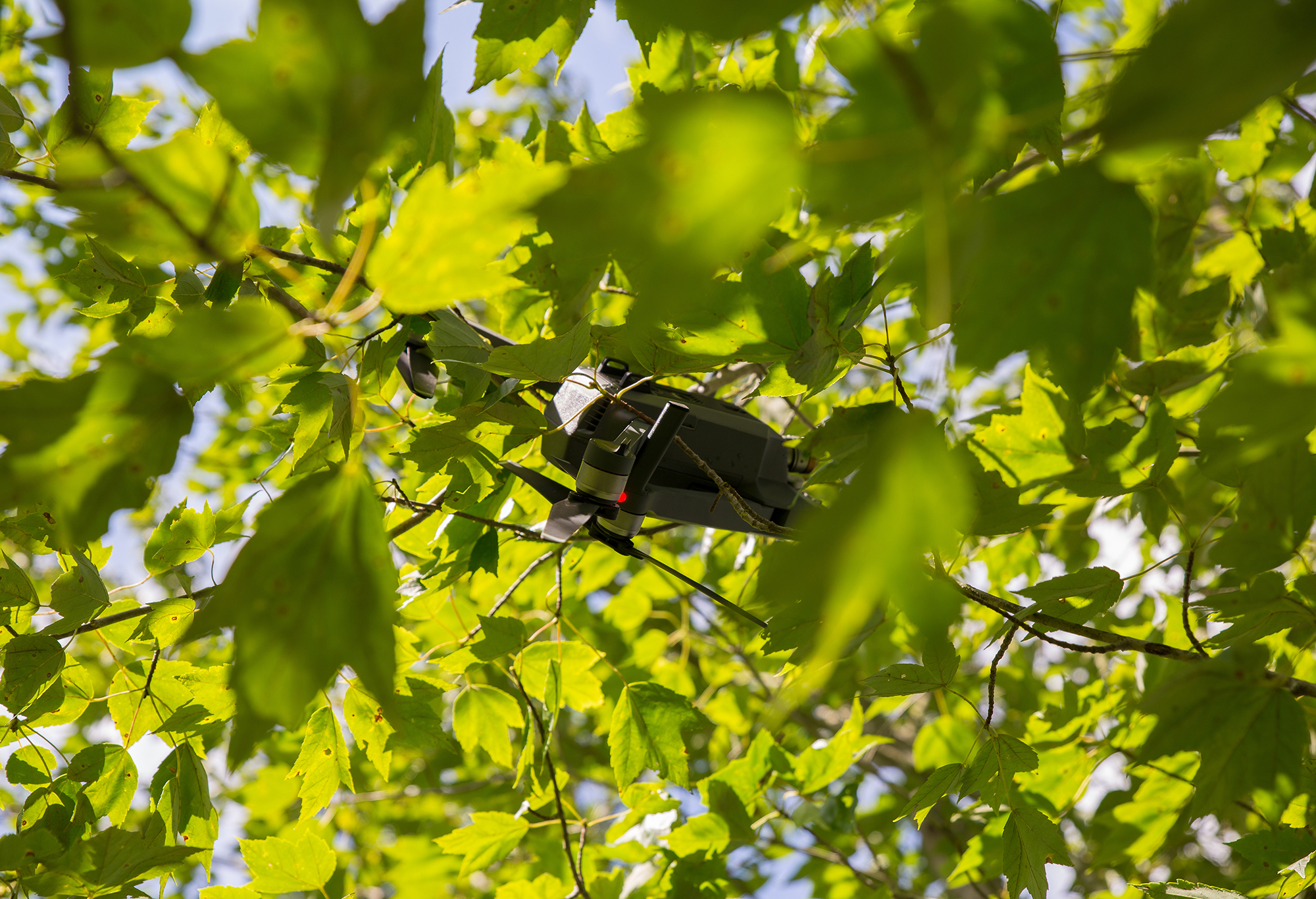
If your drone crashed somewhere, it is your responsibility to try to recover it. A drone with live or damaged batteries can potentially start a fire. Besides, you never know if the crashed drone is still working or if it can still be repaired.
Take note that this expectation comes within the reasonable bounds of personal safety. If your drone crashed in a ravine or the middle of the ocean, endangering yourself or your crew just to recover it is no longer a wise decision.
Take note that the FAA has stated that there many acceptable ways to comply with lost link requirements. When reviewing an application, the FAA will consider factors such as the type of drone being used, the density of people in the operations area, and the airspace classification. The keyword that the FAA uses is “predictable” – all possible scenarios must be anticipated and prepared for.
Final thoughts
In recent years, the FAA has softened its stance on disallowing drone flight in BVLOS or over people. However, they need to be sure that drone pilots who operate in these conditions know what they are doing. A good gauge of proficiency is how well a drone pilot anticipates and mitigates risk.
A lost link emergency procedure is one of the most vital procedures that a drone pilot must develop. This goes for recreational pilots as well. Simply put, a lost link is something that happens. Rather than deny that reality, it’s best to just be ready for it.
